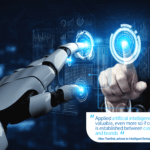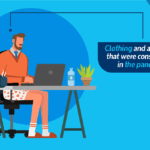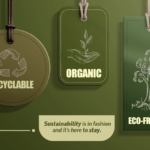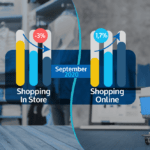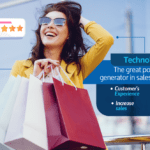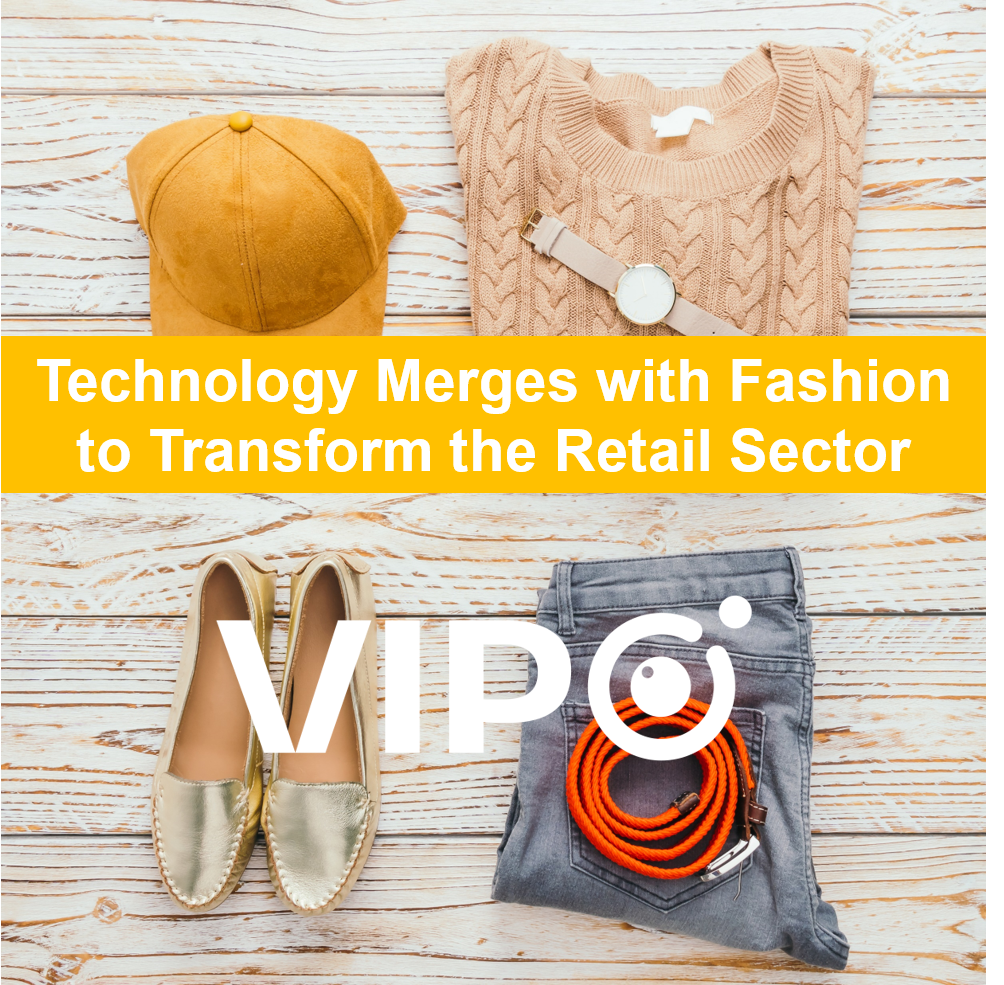
Technology Merges with Fashion to Transform the Retail Sector
The retail sector has been ongoing a transformation, facing great challenges derived from changes in consumer behavior in recent years. A hyperinformation phenomenon has been led by the massification of the internet and the upcoming generations have reshaped the consumption of experiences and lifestyles. Therefore, VIPO has analyzed modern trends and grasped the challenges of companies in the retail and fashion industries, in order to create innovation-based solutions that can meet new demands with brand identity and added value for a more demanding consumer.
VIPO has found five main market trends that can drive growth for the sector if handled in a creative manner. Today, in spite of the rise of e-commerce, physical stores are more present than ever before. According to the latest PWC study, more and more people are buying in stores. The percentage of consumers who visit these establishments, at least once a week, has increased from 40% to 48% in the last four years. Although the e-commerce sector has shown a double-digit annual growth, there is no denying that online businesses only account for 6% of total retail sales. (KPMG, 2019). Hence, VIPO focuses its efforts on creating solutions that enable companies in the retail and fashion sectors to attract potential customers, increase sales and retain their consumer base.
According to VIPO analytics, unified commerce or omnichannel strategies imply the optimization and integration of different customer channels. However, sophisticated strategies and technologies to increase data access, analyze customer attraction and retention in both traditional and digital channels are still in development. A study from Harvard University that included 46,000 shoppers revealed that omnichannel retail customers are more valuable in multiple ways. According to Harvard, controlling the shopping experience showed that, in average, consumers spent 4% more on every purchase in the store and 10% more online, compared to single-channel customers. Additionally, for each additional channel that they used, shoppers spent more money on the store. For example, customers who used more than 4 channels spent 9% more in-store, compared to those who only used one channel. Omnichannel users currently represent 73% of all consumers. Customers are using up to 12 different channels and devices when they purchase an item before clicking “Add to Cart”. This is also supported by the research conducted by McKinsey (McKinsey, 2019), arguing that such buyers demand the same experience and information, regardless of the channel that they use. VIPO understands the importance of the omnichannel strategy, getting to know customers in depth, by gathering demographic and preference-related data that can be useful to extract their real needs and purchasing trends. This enables the creation of customized products and services, as well as an in-store platform that allows the user to search for a product and review its characteristics, offering additional information before deciding to make the purchase.
Thus, the need to understand the customer becomes the basis of any strategy. New artificial Intelligence technologies are proposed, which include machine learning, deep learning, Natural Language Processing (NLP) and automatic reasoning, with the integration of computer vision. These technologies offer new ways to improve data analysis and customer experience, and optimize operational efficiency and productivity overall. According to Capgemini survey from 2019, the implementation of artificial intelligence could help retail save $340 billion annually by 2022, and increase global revenue from $643.7 million in 2016 to $36.8 billion by 2025. (Tractica, 2019).
Similarly, along with customer knowledge, new immersive technologies such as virtual reality (VR) or augmented reality (AR) must be implemented, as they allow the optimization of processes, while increasing the participation of consumers who can now explore the characteristics of a product and make a well-informed purchase decision. The adoption of these technologies renders unnecessary to see, touch or test a product in person, prior the purchase. The consumer will be able to interact with said product and, without the intervention of a clerk, know whether it is available. VIPO, through its in-store experience-centered technology, lets the user to explore the catalog, learn more about each product, including its features, availability, and even location. It can also take him through a tour of the store, supporting the retailer in strategies aimed at the transformation into smart stores.
However, the first and most important trend studied by VIPO is User Experience or Experience 360, making traditional ROI metrics no longer sufficient to determine a company’s success. Seeking to measure customer experience, Return of Experience (ROX) will become a primary component in the analysis of business strategies which, according to a 2019 KPMG study, includes consumers willing to pay 10% more for personalized offers and experiences, increasing average sales. Physical stores are the best channel to deliver such an experience, by creating brand identity, providing added value and thereby increasing loyalty, harder to find in other sales channels. Therefore, the experience should be at the heart of any strategy in store, used by VIPO to drive its promise of value. This makes it easier for the customer to consume and purchase beyond a basic reason or need, eventually creating relationships with the brand that obey to personality traits, lifestyles, customization and thereby generate the important engagement.
Finally, the consumers, especially newer generations, look for brands that publicly define values in line with their own. They demand mission statements with social, environmental awareness and pressure companies to make their products and businesses sustainable, with clear Social Responsibility policies. Furthermore, strong chains should be established with stakeholders, to achieve optimizations that generate resources which in turn nourish society. In addition to resource optimization, technological innovation and transparent use of data within processes, VIPO transmits its DNA to the stores, to support them and enhance their sustainability strategies.
VIPO understands every need of current consumers, as well as modern retail and fashion trends, to create innovative solutions that allow companies to face market reality, and ensure a more competitive and assertive participation throughout the phases of customer purchase. This leads to the transformation of the delivery of products and services into a real value in experience.
VIPO considers in-store future to be increasingly exciting since stores will go from simply being places where you can find specific products, to becoming interactive spots where customers can get involved in the transformation of such products, find an identity by engaging with the brand and live smart store-type experiences that make each visit unique. Seeing experience as the best marketing tool, VIPO currently works with main retailers from Europe and Latin America, enhancing its DNA through customer knowledge, artificial intelligence and computer vision. All of this whilst keeping in mind to deliver a customized experience, optimize processes and increase the value of partnering brands.
For more information on our in-store experience, technology and marketing solutions, please visit our website www.vipogroup.com and feel free to contact us so that together we can generate innovative human-centered smart store strategies.
